Experiencing A New Florida
By Jess Moses
ACT Outreach Intern &
2021 Florida Wild for All Scholarship Recipient
Growing up in South Florida, surrounded by palm trees and sweating through 70 degree winters, my entire concept of nature consisted of the beach and a few nondescript lizards. When I moved to Gainesville, I was shocked by how others defined and understood nature and the environment. To them, nature meant huge forest stands, outdoor recreation, and catching specific bugs on hikes. However, I began to notice a significant lack of access to the "environment" in my new Gainesville community. As I continued to experience more of the city’s natural areas, it became clear that urban communities do not receive the same opportunities and resources to experience the outdoors. Not only are specific groups not receiving the same levels of education and access, but they are also not receiving the endless benefits and skills gained from time spent outside. This is especially shown in communities of low socioeconomic status and communities of color
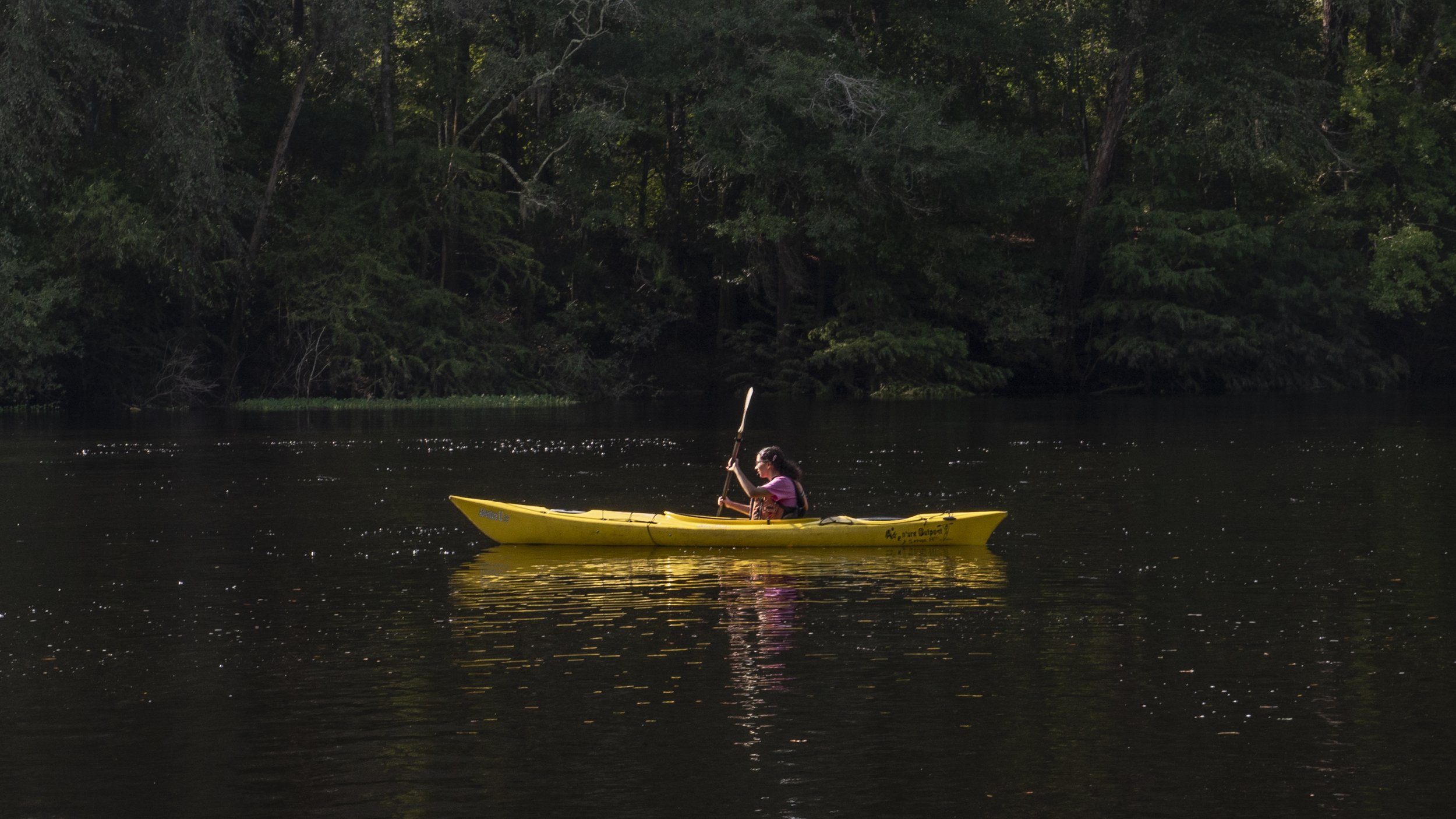
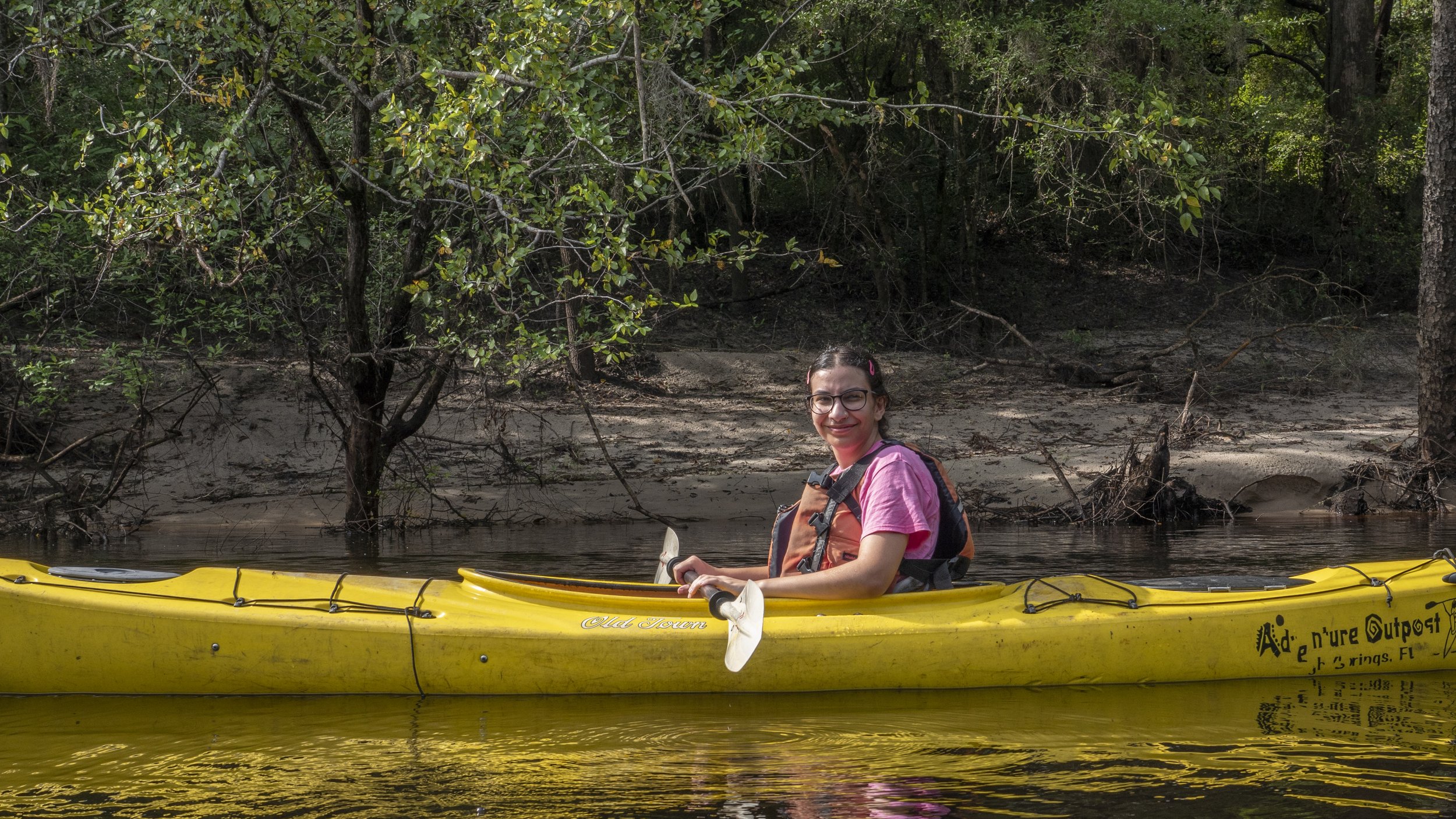
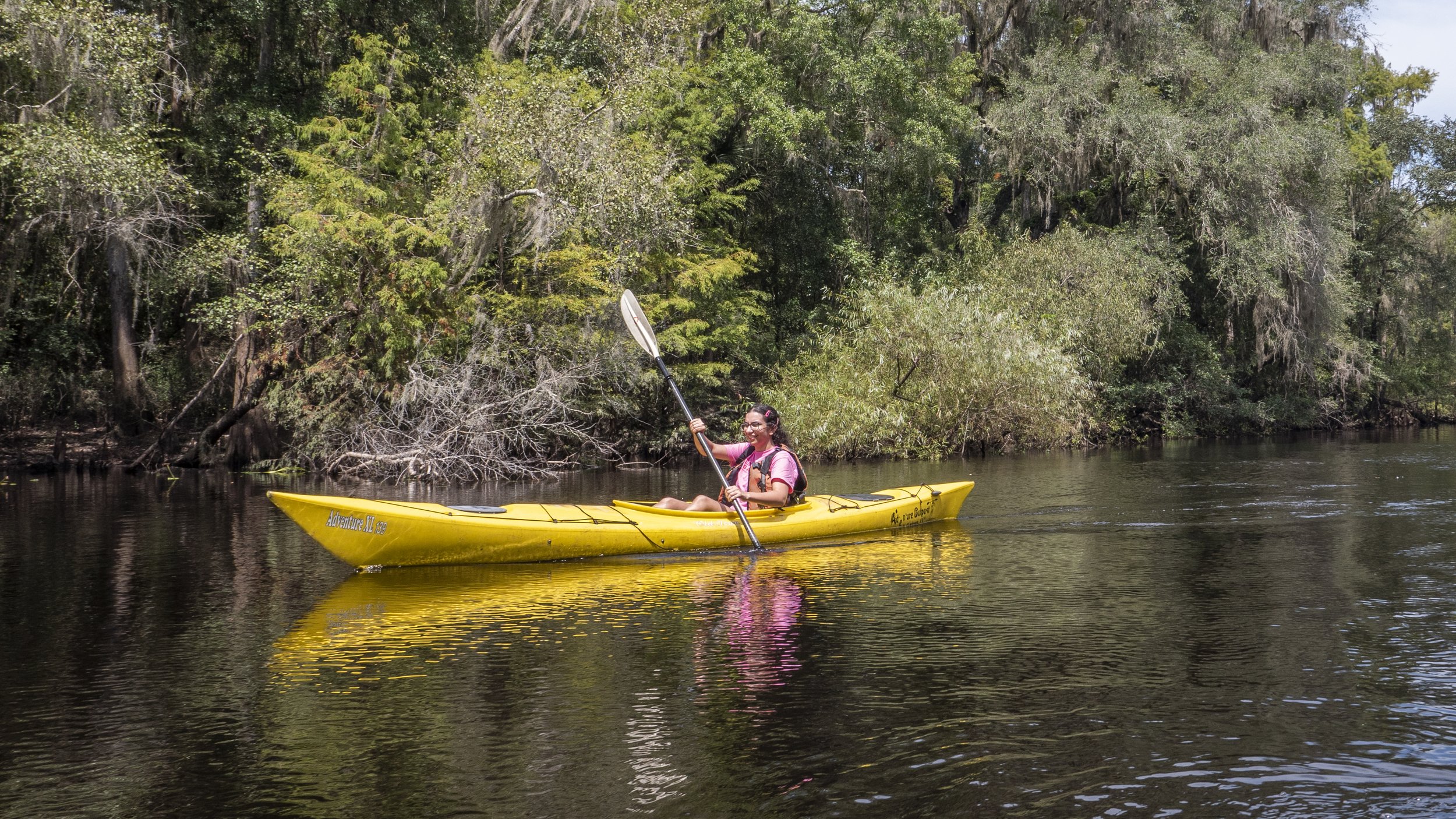
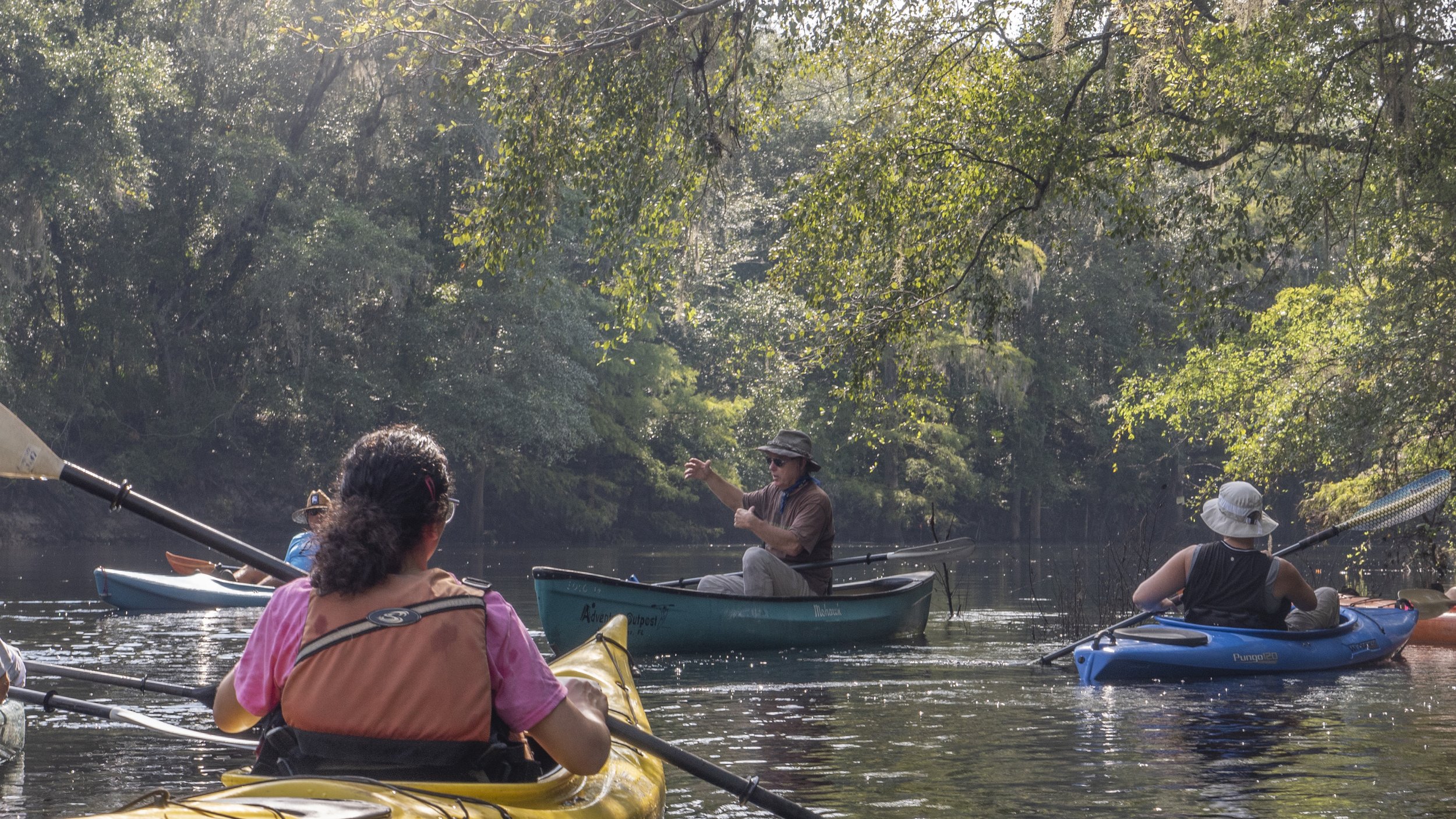
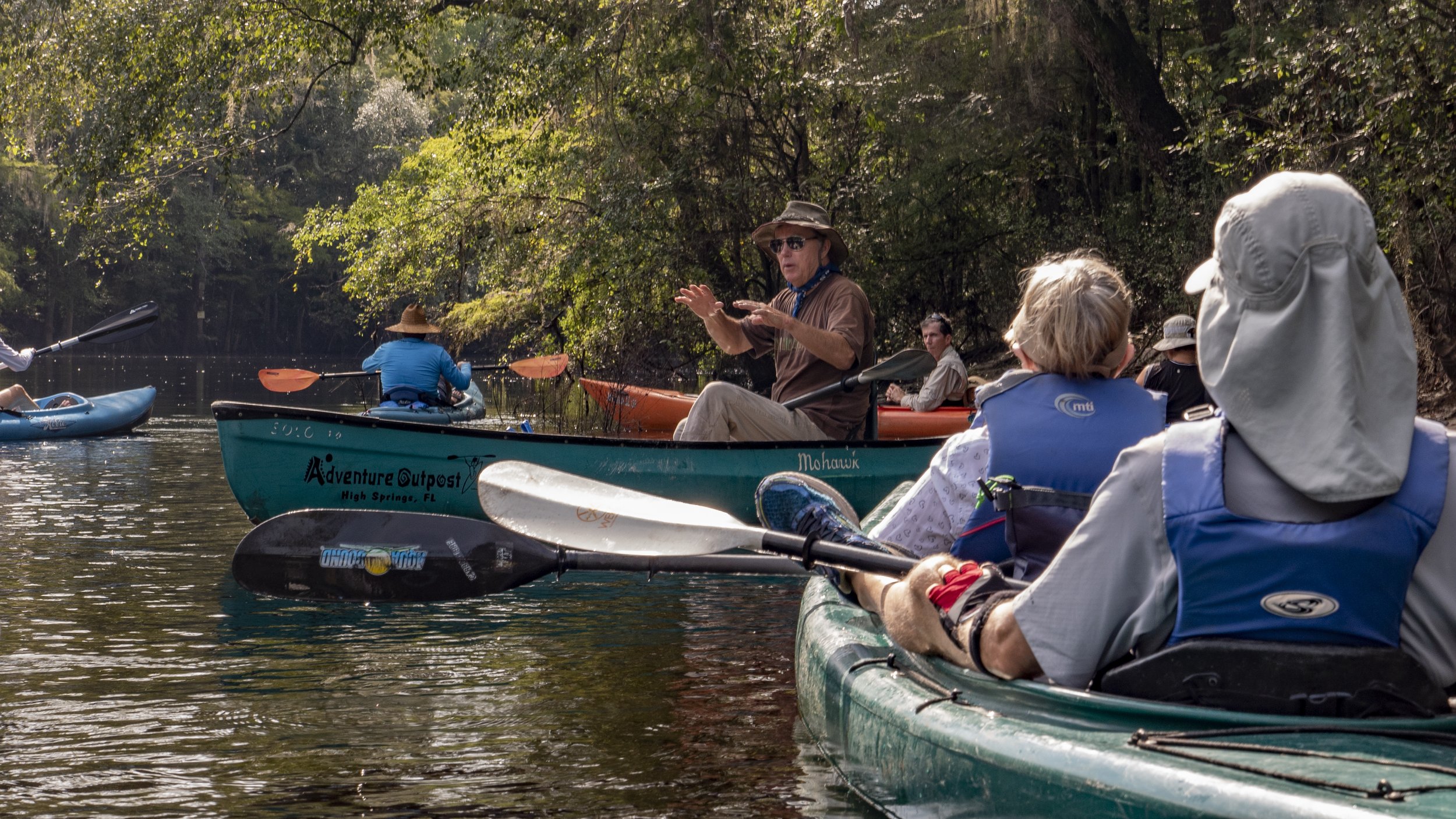
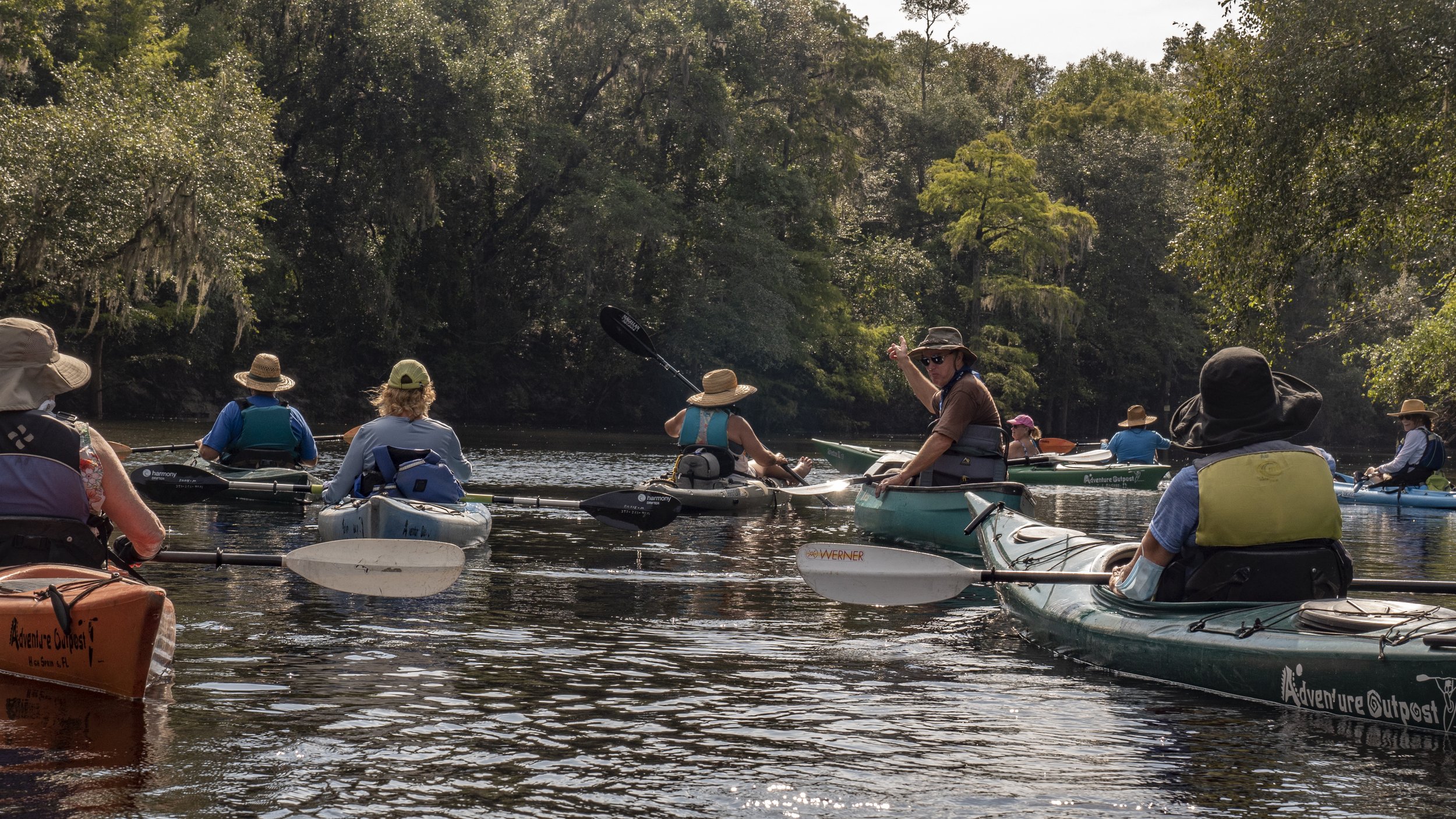
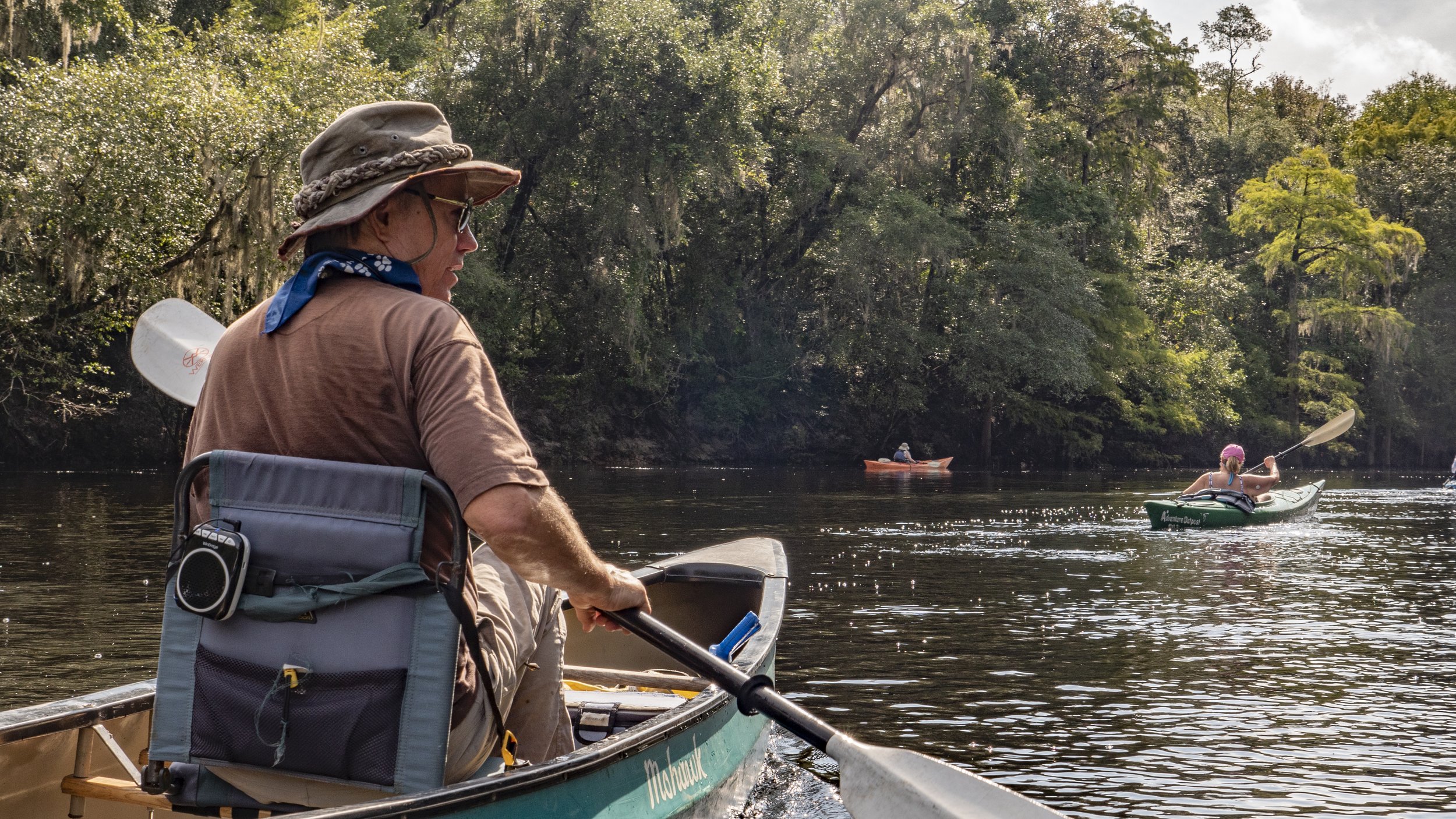
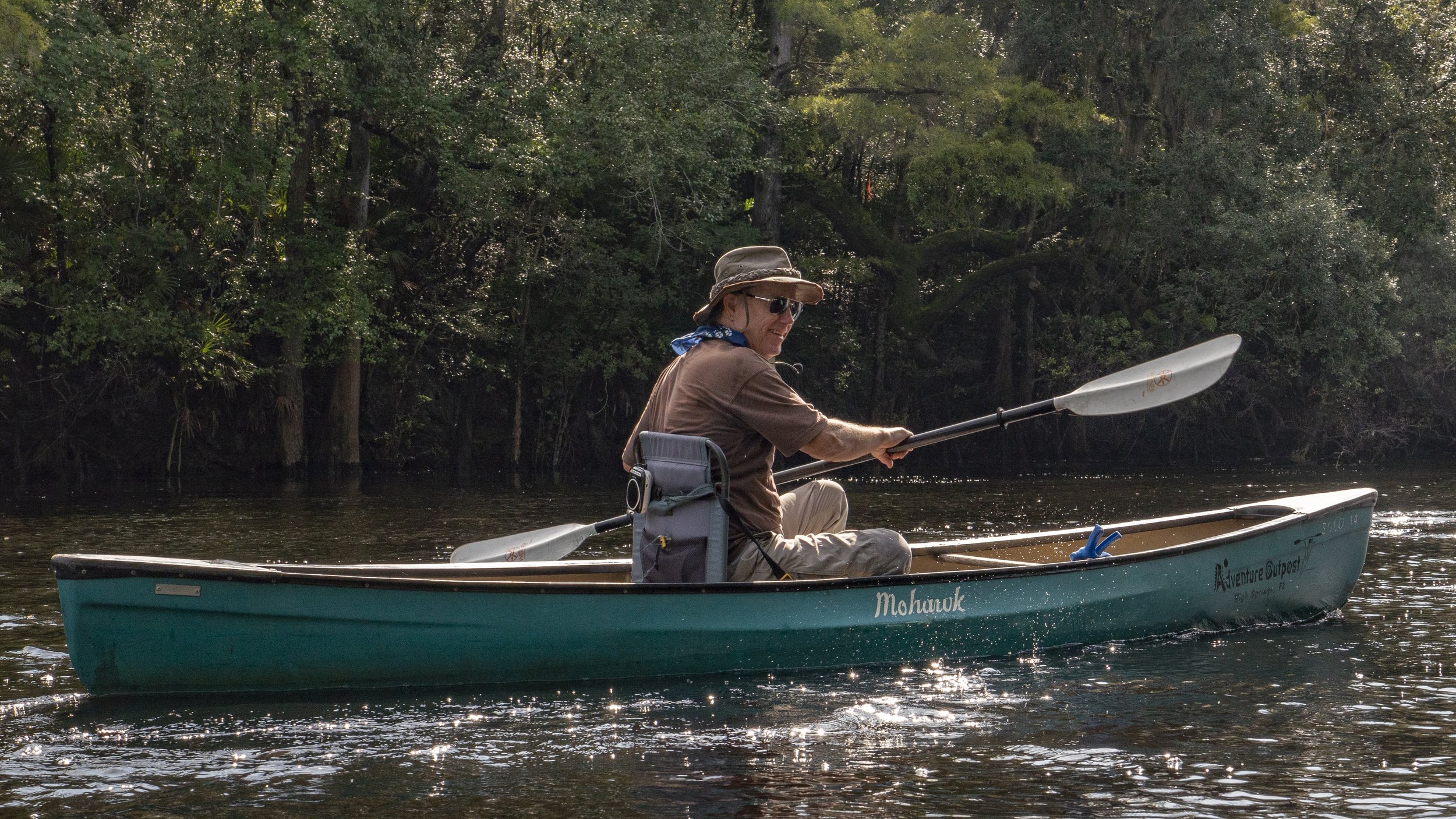
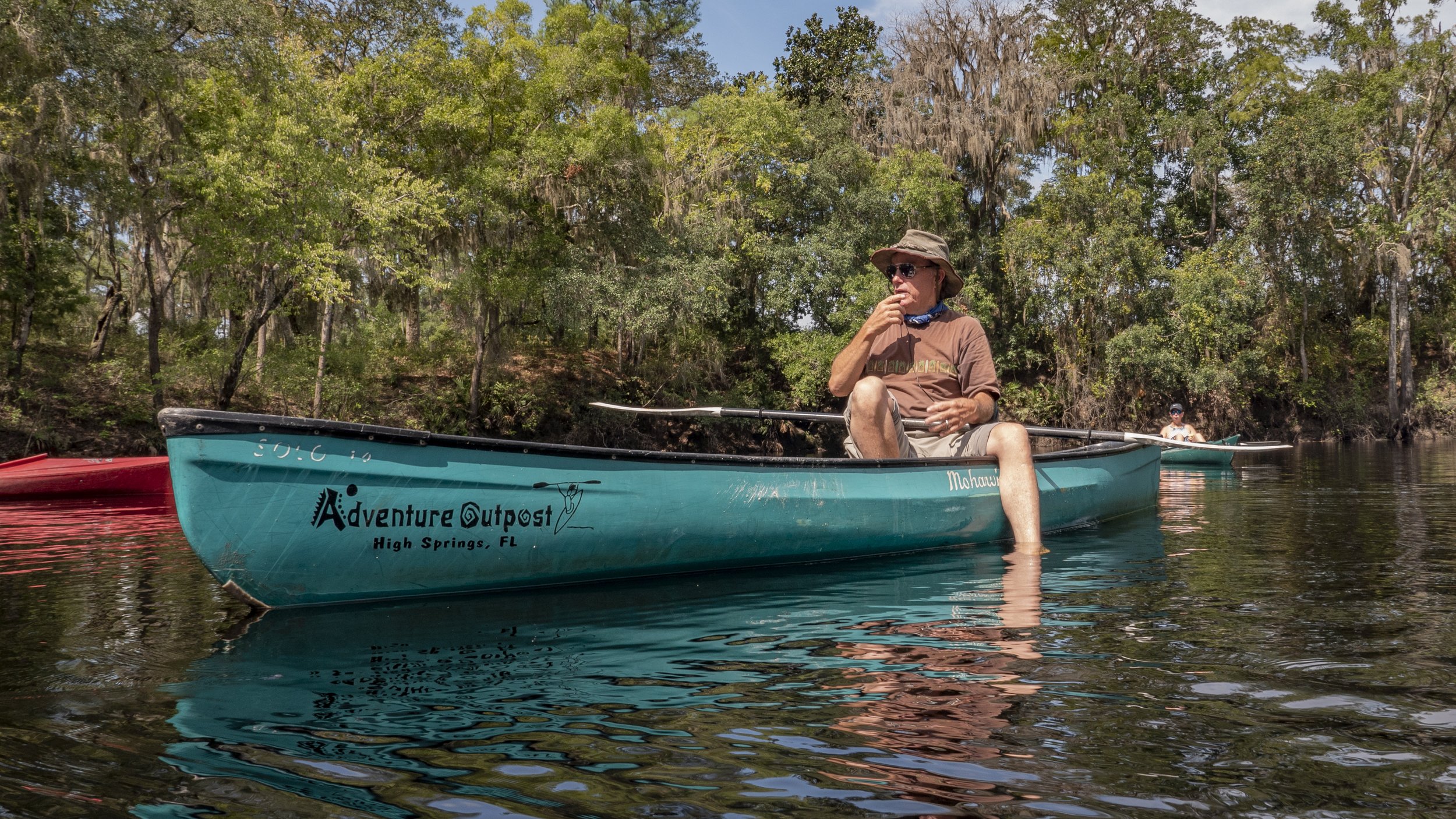
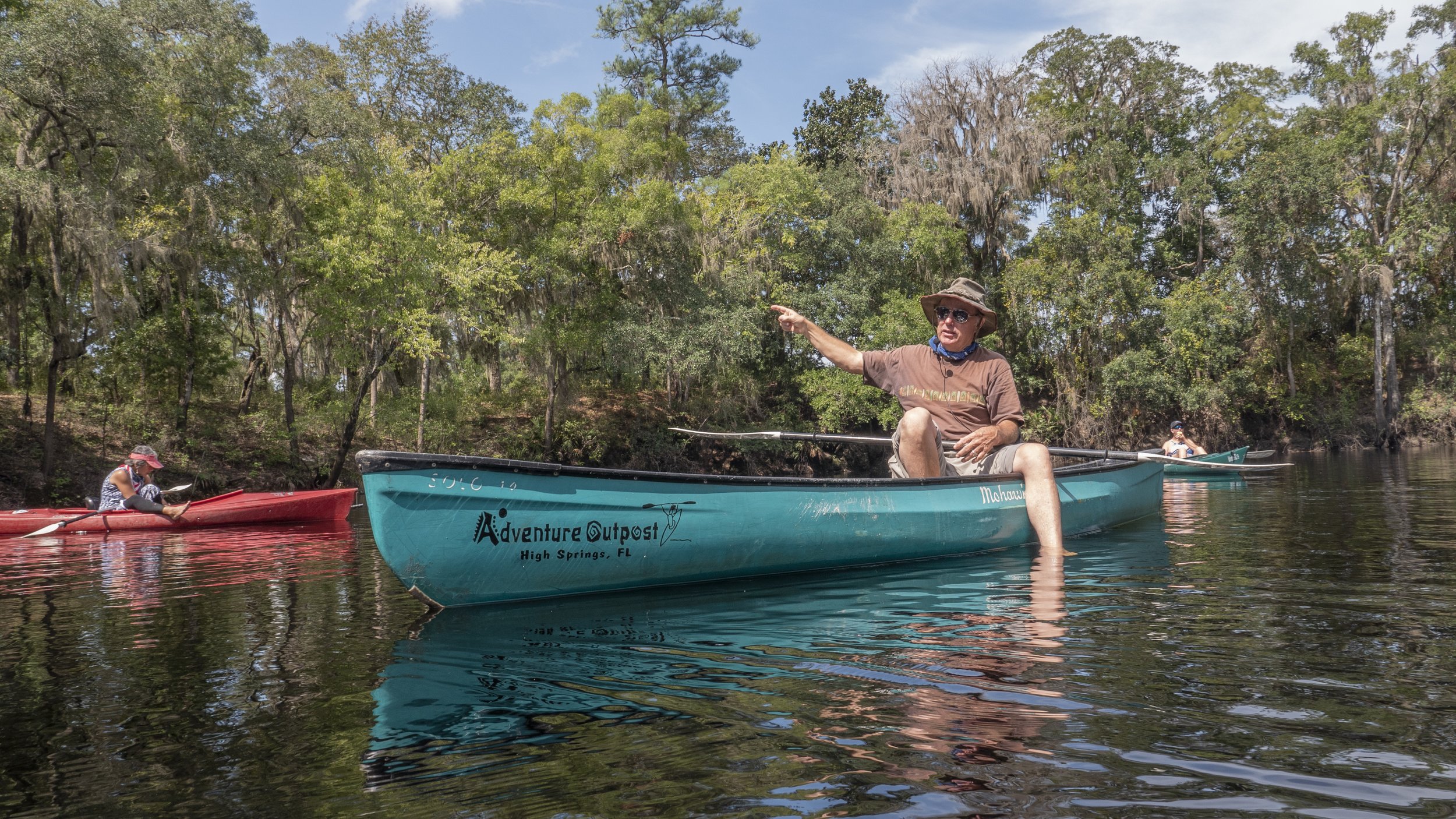

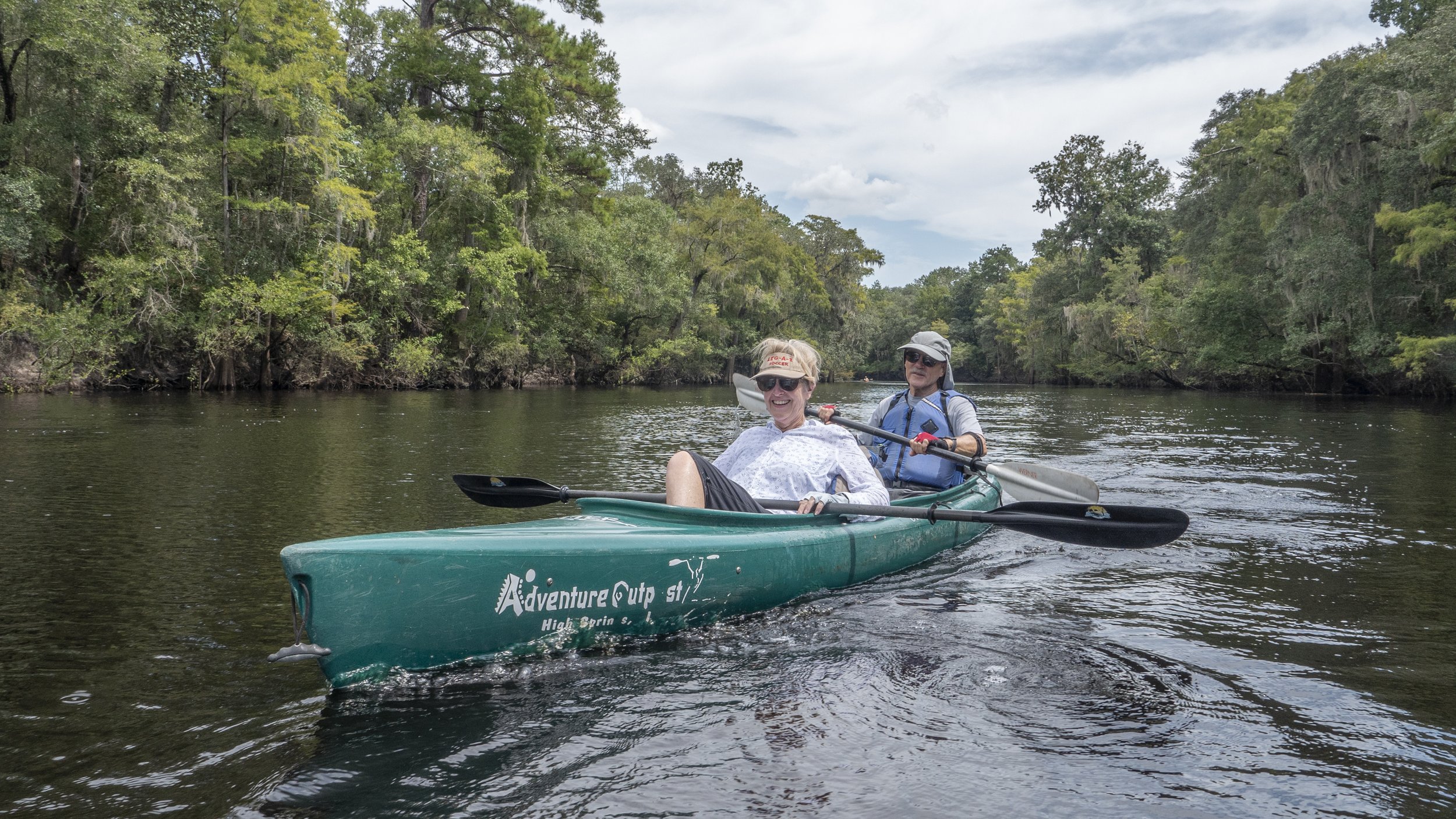

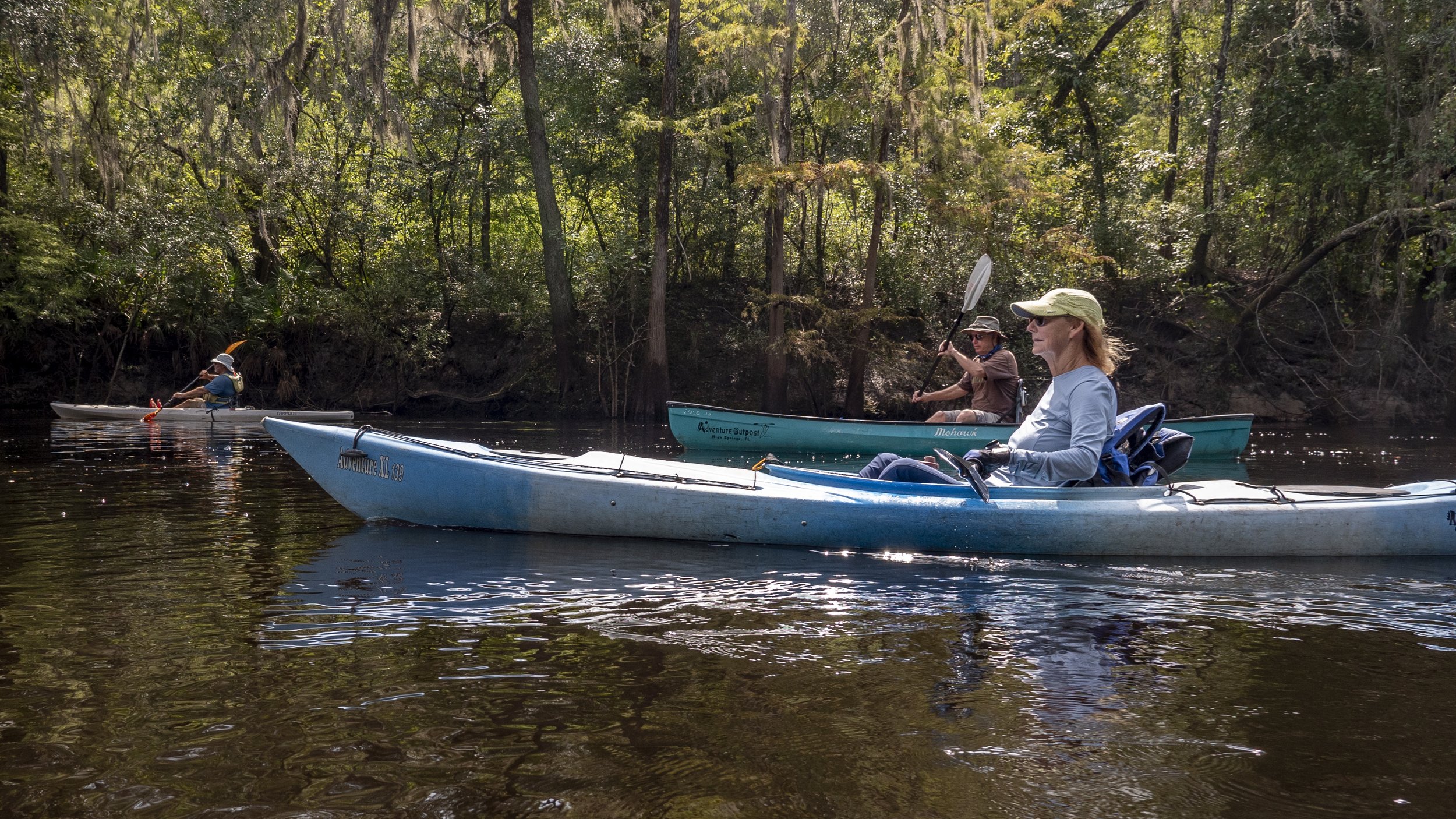





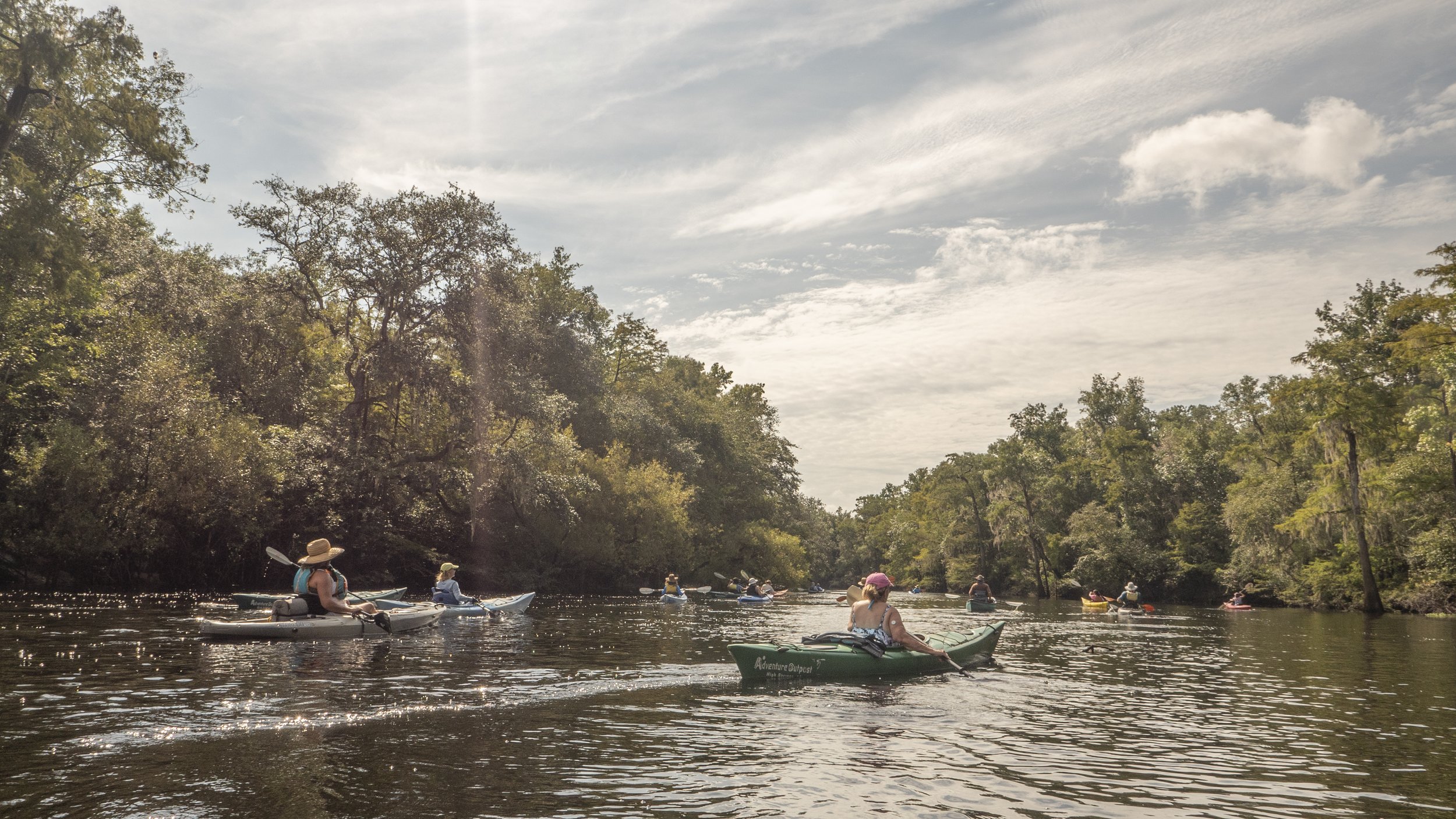
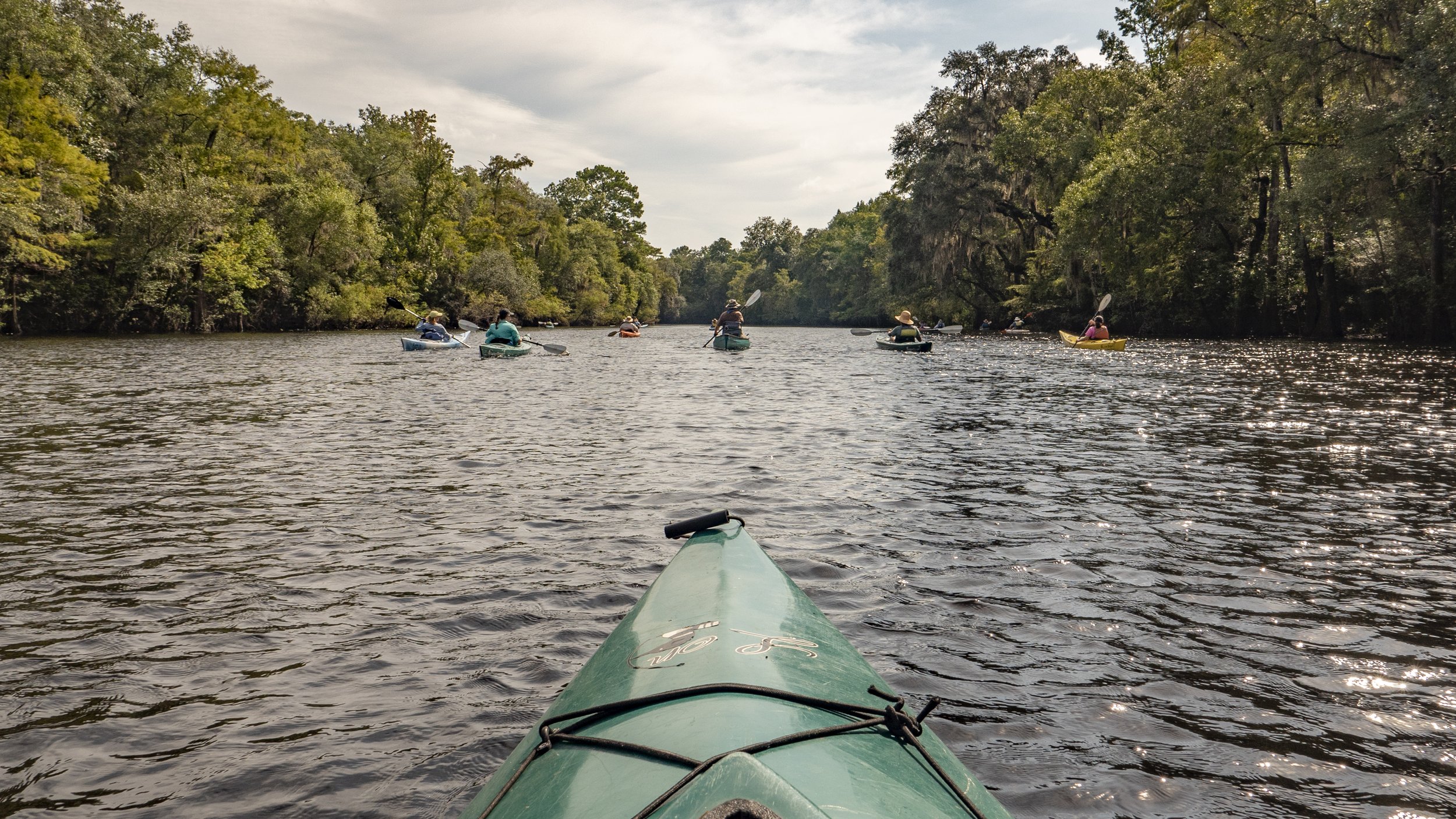
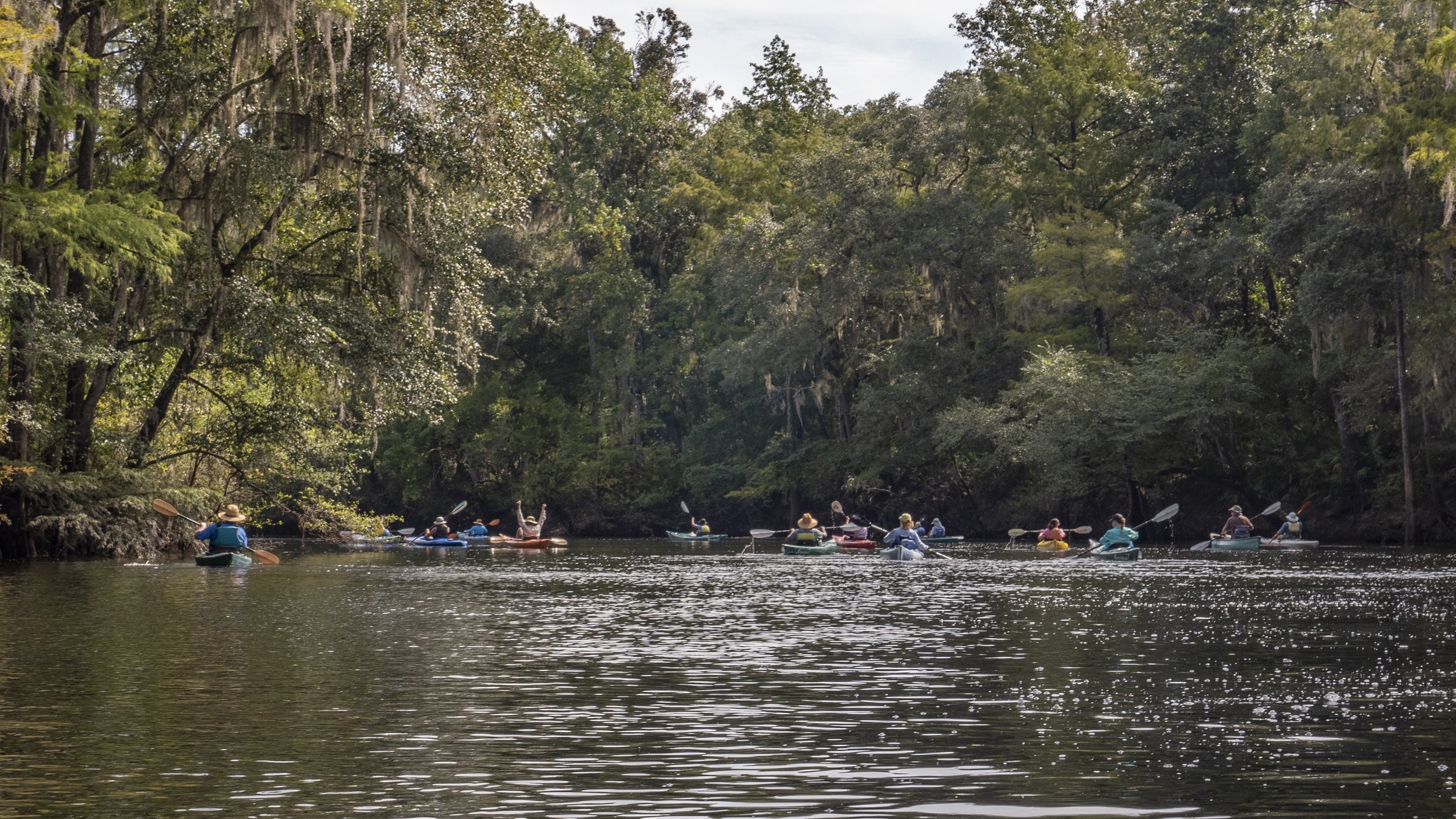

My concept of nature has continued to shift dramatically since my initial move. The most recent example of this change occurred a few weeks ago when I experienced waters in a completely new way — during my first time kayaking. Paddling down Silver River in Marion County, I witnessed wildlife up close as alligators and turtles swam past me. I even saw a wild manatee for the first time! A week after my initial outing, I went kayaking again, this time an entirely different adventure. This was partly due to the ecological distinctions between the Silver River and the Santa Fe River, the first being a spring-fed river and having much more visible wildlife. Besides that, this event was a guided paddle with Lars Andersen, a local guide and Florida Master Naturalist. Although there was less wildlife out than on my first paddle, I was amazed by something else: I took in so much more of my surroundings because my arms were not as sore. Instead, I was able to pause and look around without getting swept back by the current and have conversations with my fellow paddlers without being out of breath. The improvement was incredible, surprising, and gave me a sense of motivation to continue to do similar activities in the future!
Besides the feelings of adventure and curiosity, what do having these experiences in the environment mean? Why do they matter? The colors, sounds, and experiences of nature have served as inspiration in art and used in media for all sorts of purposes. There is little doubt about the impact on our emotional wellbeing and mental health, as well, and these benefits spread far beyond to other areas of our lives. You might be wondering why a person interested in science would ever wait to have these beginner experiences at the age of 21. As significant as the positive impacts of environmental recreation, not everybody has access to these privileges. Despite my close proximity to coastal areas, many barriers prevented me from fully accessing and enjoying the environment around me. My parents had little to no time to take me adventuring. Sometimes it was a case of "you don't know until you know." They did not hear about most public events or entry points to this other world, such as museums or nature centers. Even if they had heard of an event, would they have the money to participate? Would we feel safe there to freely participate? My elementary and middle schools, drastically under-funded, rarely had substantial science demonstrations or field trips. These factors, along with many others, combined. My experiences in my hometown mean the world to me, and I would not replace them. But it is also true that more access and resources would have undoubtedly opened my eyes to the natural world around me and sparked curiosity and joy. And I would definitely know more about wildlife than I do now!
These barriers to nature are not an isolated experience - they are a result of centuries of oppression. For example, parks and forests were segregated or otherwise banned for use by people of color, and this legacy is still seen in today’s discrepancies and land ownership statuses. People of color and low-income communities are more likely to live in areas with less immediate access to natural areas because of their distance from open green spaces and lack of transportation. Marginalized groups, communities that — historically and currently — experience oppression or discrimination, more often experience violence in the outdoors and are direct victims of environmental injustices. Thus, these differences in environmental recreation and the appreciation of nature are not due to a lack of interest, but rather a lack of access and inclusion, despite common misconceptions claiming otherwise. Despite this, people of color have made significant contributions to environmental and nature studies. These contributions, ranging from scientific discoveries to honing expert technical skills in fishing or hunting, have been deliberately ignored, excluded, and erased. For example, Hazel M. Johnson spent almost three decades organizing in Chicago, building community power. Her organization worked to create federal change to address environmental racism that was causing disproportionate health outcomes. Despite being the "Mother of Environmental Justice," Johnson is rarely acknowledged or honored for her work, which her team is still doing today.
Despite these barriers, marginalized groups have found community and experienced nature and the outdoors, even without a forest, national park, or hiking trail. For me, my experiences with nature in an urban environment meant having those seemingly small and insignificant moments at the beach in my hometown, which became compelling memories for years to come. You may have similar moments in nature, such as childhood memories or even recent adventures. Moments that you hold close to your heart and remember in times of nostalgia, pain, or joy. As someone who has experienced this, it may bring you to an emphatic conclusion: We must work to create open access and opportunities for marginalized people in our community to experience nature in all its facets. Amid complex global issues in natural resources, we hold fast to these feelings of tranquility, groundedness, and community we experience in nature. By fostering this diverse and inclusive environmental community, we will be closer to reaching our collective goals: protecting and conserving these natural areas for generations.
Photos by Will Parson.



